 Computer Hardware in the Geophysics Lab
Computer Hardware in the Geophysics Lab
 Computer Hardware in the Geophysics Lab
Computer Hardware in the Geophysics Lab
 A Linux server with 4 nodes, 96-processors, and 1024 GB RAM (funded by NSF's Infrastructure and Facilities Program);
A Linux server with 4 nodes, 96-processors, and 1024 GB RAM (funded by NSF's Infrastructure and Facilities Program);
 Several other Linux servers;
Several other Linux servers;
 Free access to the campus High Power Linux Cluster with ~11,000 processors;
Click here for more info.
Free access to the campus High Power Linux Cluster with ~11,000 processors;
Click here for more info.
 About 40 personal computers;
About 40 personal computers;
 About 100 TB of harddisk space on three RAID systems.
About 100 TB of harddisk space on three RAID systems.
In addition, the University managed about
15 well-equipped CLCs (Computer Learning Centers) ,
among which
several are in the same building as the Geophysics Lab.
 Geophysical Computer Software
Geophysical Computer Software
 Geophysical Exploration Equipment
Geophysical Exploration Equipment
 Geophysical Data Sets
Geophysical Data Sets
In addition, we have a large database of common-purpose data sets, such as global
or regional digital elevation in various resolutions, global gravity anomalies,
regional magnetic field, global seismicity, ages of ocean floor, distribution
of volcanoes,
hot spots, various seismic velocity models, and the coordinates of plate boundaries.
 A Quiet Environment with Modern Facilities
A Quiet Environment with Modern Facilities
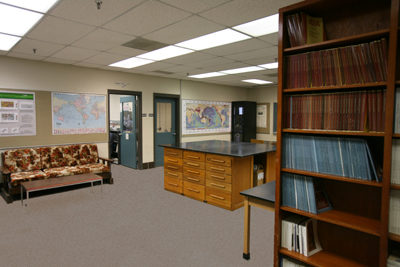

Shown below are some snapshots of the V.H. McNutt Hall, a
145,000 square foot facility named after a MST Geology and
Geophysics alumnus.
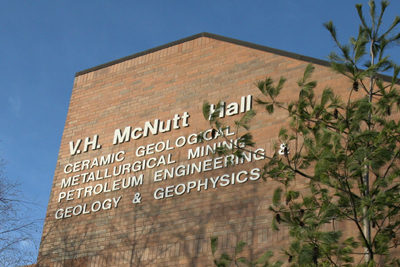
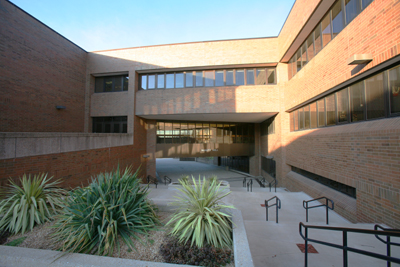
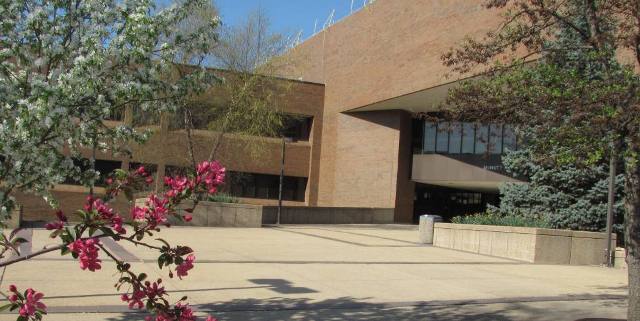
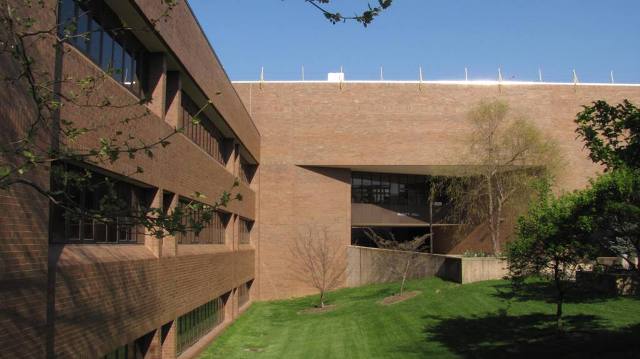
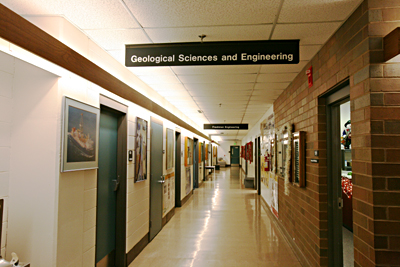
-----------------------
Please contact
Dr. Steve Gao and/or
Dr. Kelly Liu
for questions.
-----------------------